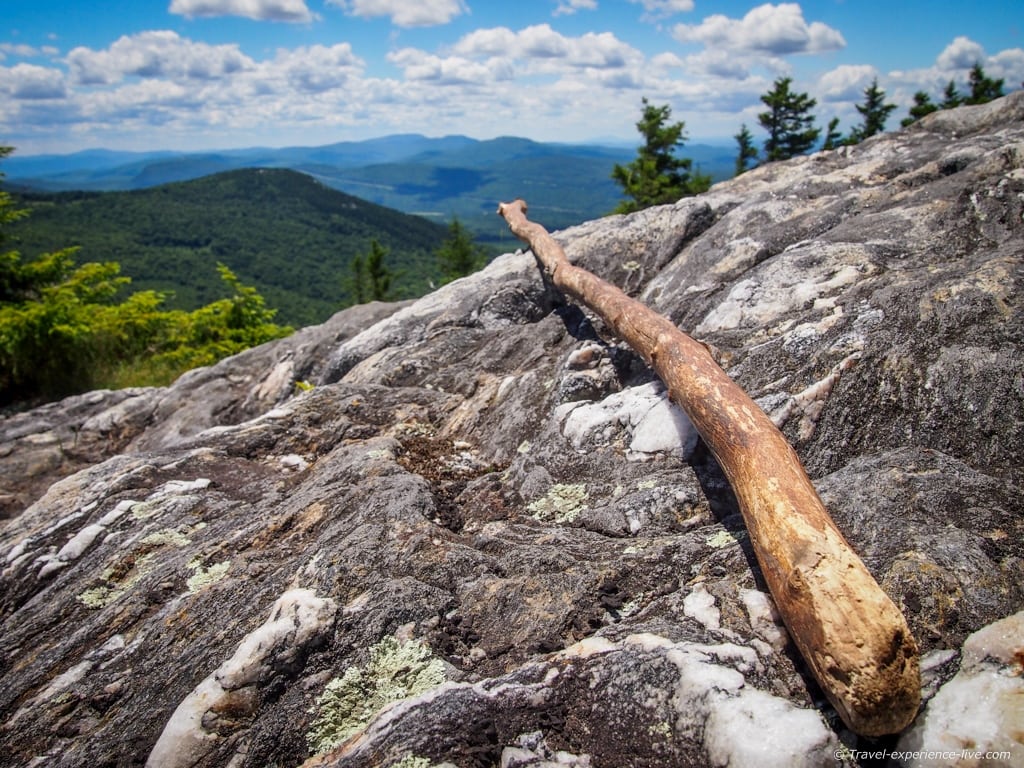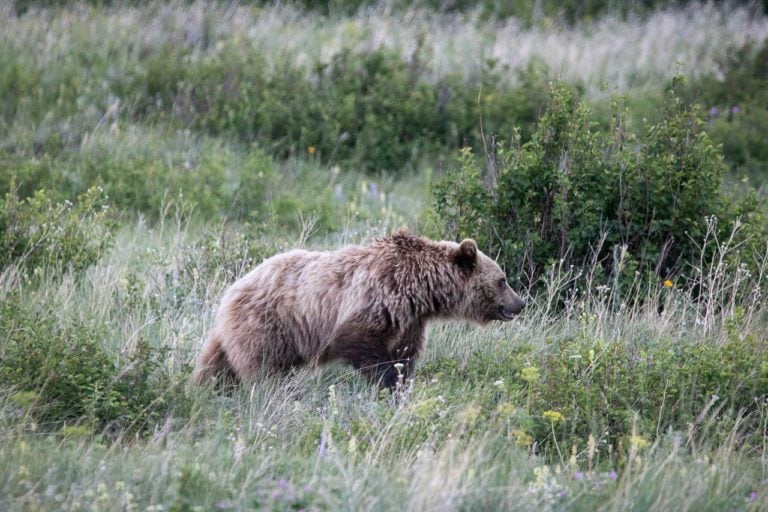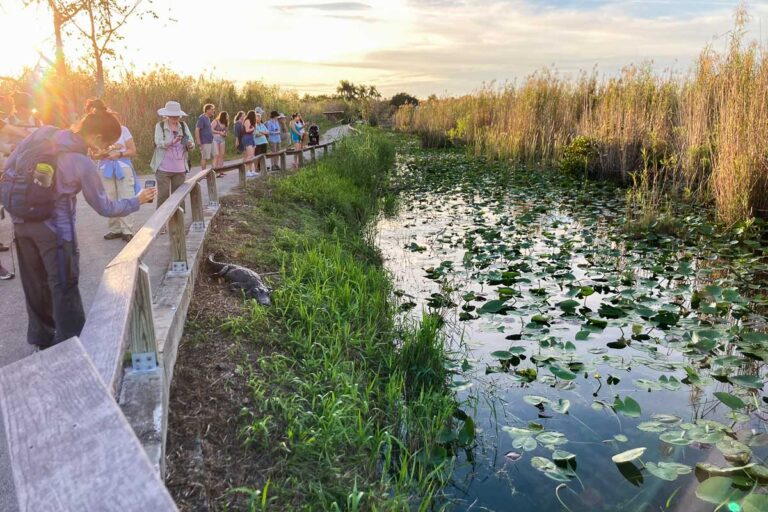5 Amazing National Parks Near El Paso, Texas
Explore Southwestern Deserts in These El Paso National Parks
There are many American cities that serve as hubs for national park road trips—Denver, Seattle, San Francisco and Las Vegas are great examples—but one of the most unlikely ones may be El Paso. Located in the far western corner of Texas, where New Mexico, Texas and Mexico meet, El Paso offers access to the beautiful deserts and mountains of the Southwestern United States.
There are several national parks near El Paso, the city being only 2.5 hours from no fewer than three of them. In fact, few major cities in the United States are so close to so many national parks as El Paso.
It’s the perfect starting point for road trips around one of America’s less-visited regions—the remote desert and mountain parks of southern Texas, New Mexico and Arizona.
5 National Parks Near El Paso, Texas
This post featuring national parks close to El Paso contains affiliate links. You can read more about our Terms of Use / Disclosure here.
No fewer than three national parks near El Paso are only a couple of hours by car from the city. Those are White Sands, Guadalupe Mountains and Carlsbad Caverns.
Additionally, if you have more time, there are two other phenomenal parks you can road trip to from El Paso: Saguaro and Big Bend.
Together, these five El Paso national parks make for an amazing off-the-beaten-path road trip. Let’s take a closer look at all four of them below.
The parks below are listed by decreasing distance from El Paso, starting with the furthest (Big Bend) to the nearest (White Sands).
Big Bend National Park, Texas
El Paso to Big Bend National Park: 330 miles (6 hours) southeast
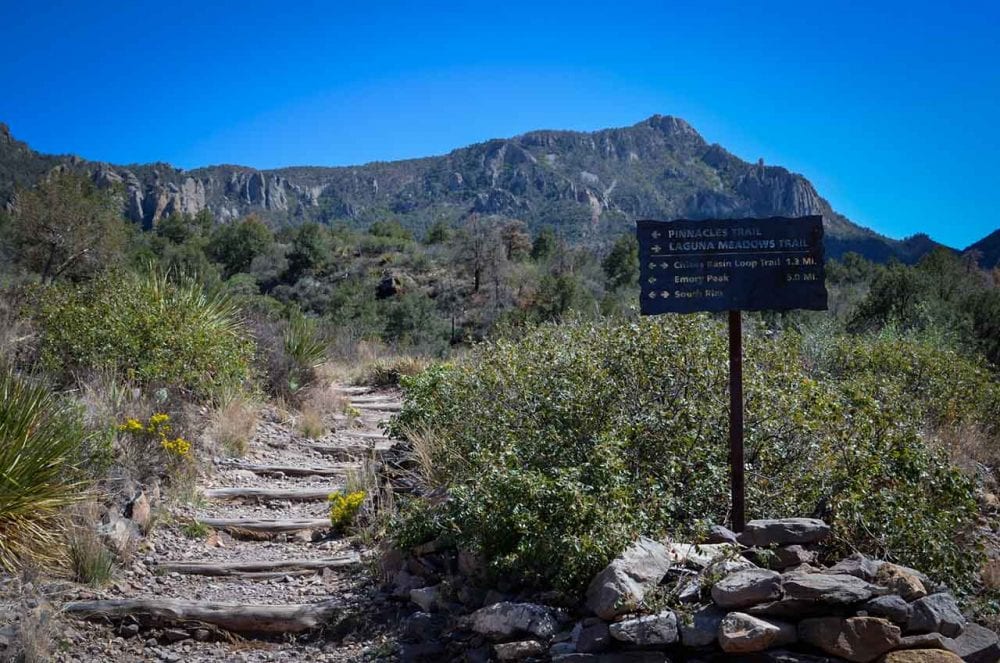
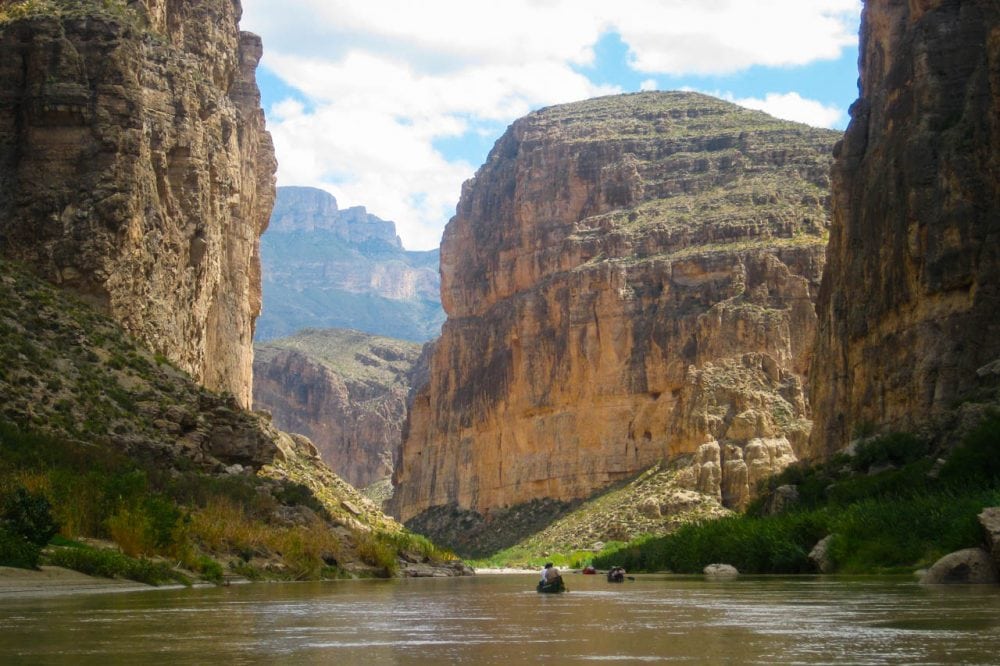
Of the handful of national parks that are about a half day’s drive from El Paso, Big Bend is the furthest. It’s about 330 miles and 6 hours to the southeast of the city, but it’s a drive that’s absolutely worth it.
In Big Bend National Park, endless opportunities for adventure await. This remote and rugged park is located on the U.S.-Mexico border in southern Texas, protecting a “solitary mountain range surrounded by weather-beaten desert.”
The park also encompasses over 110 miles of the Rio Grande, which effectively forms the border between the United States and Mexico. It’s named after a “big bend” in the Rio Grande.
Although it’s a wild desert park, Big Bend National Park is home to an incredible amount of wildlife, especially birds. In fact, it’s a paradise for both birds and bird watchers, offering a refuge to more than 450 species of birds.
Other wildlife you might spot at Big Bend include roadrunners, golden eagles, collared peccaries, jackrabbits and the occasional black bear.
As far as activities go, you can hike 150 miles of trails, go on a few scenic drives, enjoy some fishing or horseback riding, see the Milky Way at night and explore the Rio Grande on boating trips.
On the way from El Paso, consider swinging by Fort Davis National Historic Site. This fascinating NPS site offers an insight into the military life on the 19th-century Texas frontier, especially the Buffalo Soldiers, all-Black regiments established after the Civil War.
Saguaro National Park, Arizona
El Paso to Saguaro National Park: 310 miles (5 hours) west
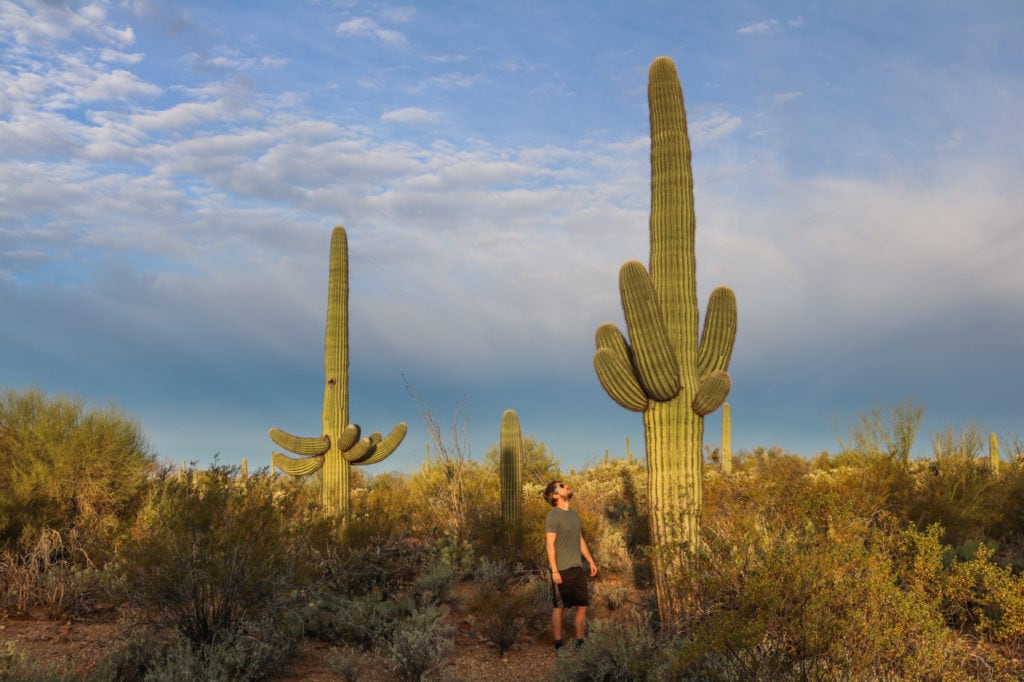
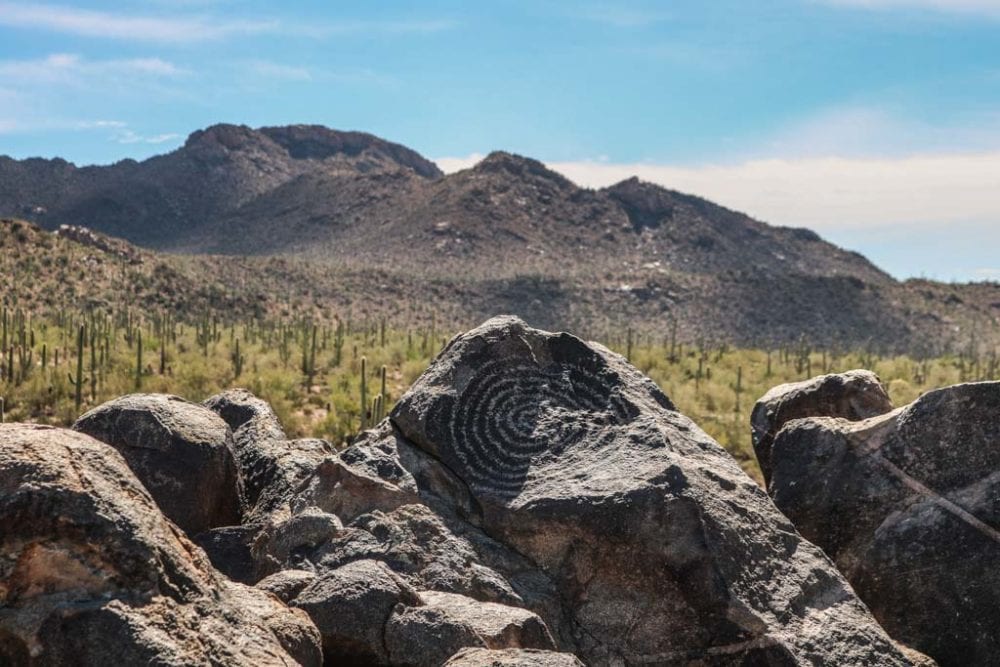
For a unique Southwestern desert experience, head west from El Paso to Saguaro National Park. This beautiful park in southern Arizona protects two separate areas on either side of Tucson: the Tucson Mountain District in the west and Rincon Mountain District in the east.
Both districts of Saguaro National Park are home to the park’s famous namesake plants: the saguaro cacti.
This is one of only a few national parks in America that are named after and were created to protect a specific plant species. (Other such parks are Joshua Tree, Redwood and Sequoia.)
The saguaro cactus is America’s tallest and most iconic cactus species. It’s nothing less than a symbol of the Old West, a huge tree-sized cactus with limbs, which often take on the resemblance of a human.
You can walk through expansive saguaro forests on the variety of hiking trails in Saguaro National Park. Additionally, each district has its own scenic drive, while wildlife watchers can see everything from coyotes and roadrunners to gila monsters, collared peccaries and snakes.
Saguaro National Park also has a number of historic sites, including a 19th-century homestead and Native American rock art.
When visiting Saguaro National Park from El Paso, I recommend combining it with other nearby National Park Service units.
Places like Chiricahua National Monument, Tumacácori National Historical Park, Casa Grande Ruins National Monument and Organ Pipe Cactus National Monument are all worth visiting in southern Arizona.
Carlsbad Caverns National Park, New Mexico
El Paso to Carlsbad Caverns National Park: 150 miles (2.5 hours) east
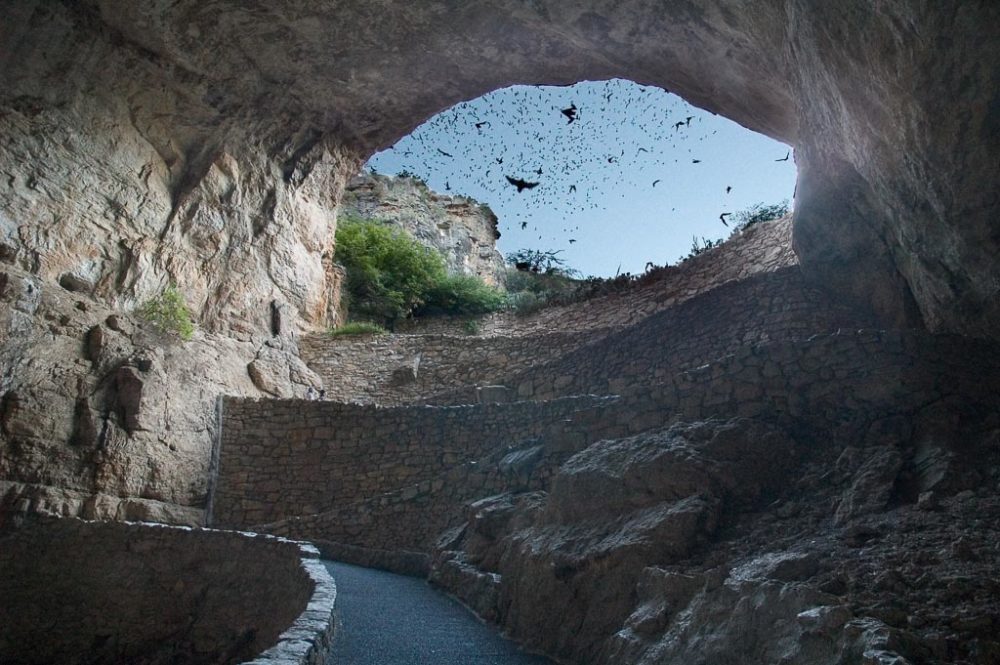
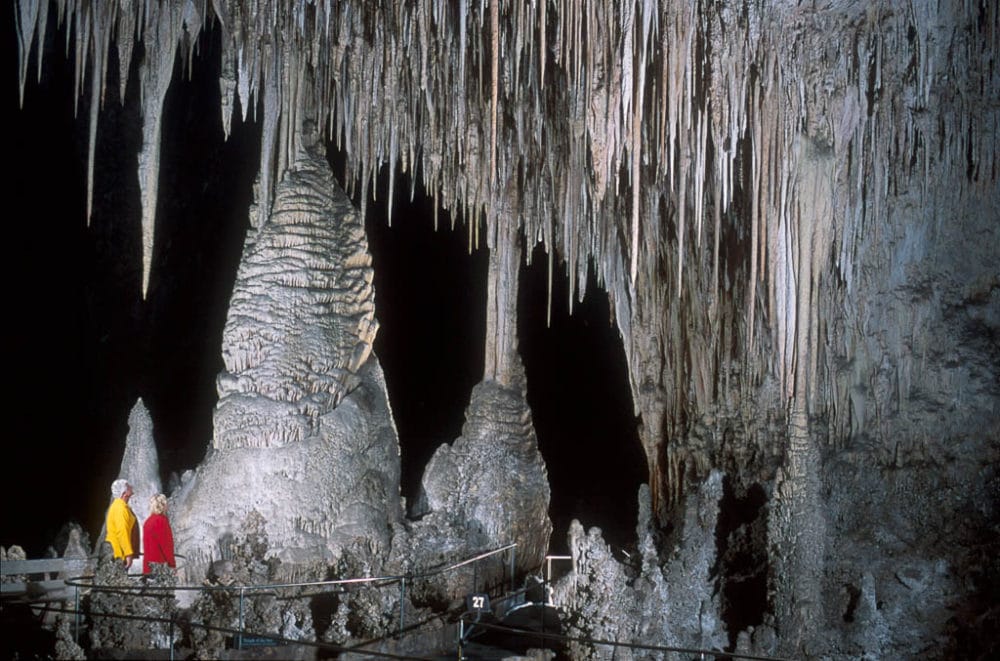
Named after the huge Carlsbad Cavern, Carlsbad Caverns National Park preserves an area of over 100 caves in the Guadalupe Mountains. It’s only approximately 2.5 hours from El Paso.
You can explore this spectacular national park cave at your own pace on two different hiking trails. The 1.25-mile Natural Entrance Trail runs steeply down into the cave, a 750-feet descent, and past extraordinary formations like Devil’s Spring, Iceberg Rock and the Whale’s Mouth.
The star attraction at Carlsbad Caverns National Park, however, is the Big Room Trail. Relatively flat and 1.25 miles long, this popular hiking trail allows you to experience the Big Room, America’s largest single cave chamber by volume.
On the Big Room Trail, you’ll see amazing mineral cave formations in all sizes and shapes, as well as jaw-dropping subterranean landscapes. Additionally, Carlsbad is renowned for its huge colony of bats. It even has its own Bat Flight Program.
Also in Carlsbad Caverns National Park, the Lechuguilla Cave comprises 150 miles of known passageways and chambers.
It’s the fourth-longest cave in the United States and in the top ten of longest caves in the world.
Although only accessible to scientists, researchers and exploration teams, it’s worth mentioning for its numerous unusual speleothems, some of which aren’t found anywhere else on Earth.
When visiting Carlsbad Caverns, look for gypsum hairs, huge soda straws, cave pearls, massive gypsum chandeliers and hydromagnesite balloons.
This exceptional diversity of underground features, the sheer size of the system and individual rooms, as well as rare forms of life, such as rock-eating bacteria, is why Carlsbad Caverns is a UNESCO World Heritage Site.
It’s without question a must-visit national park near El Paso.
Guadalupe Mountains National Park, Texas
El Paso to Guadalupe Mountains National Park: 115 miles (2 hours) east
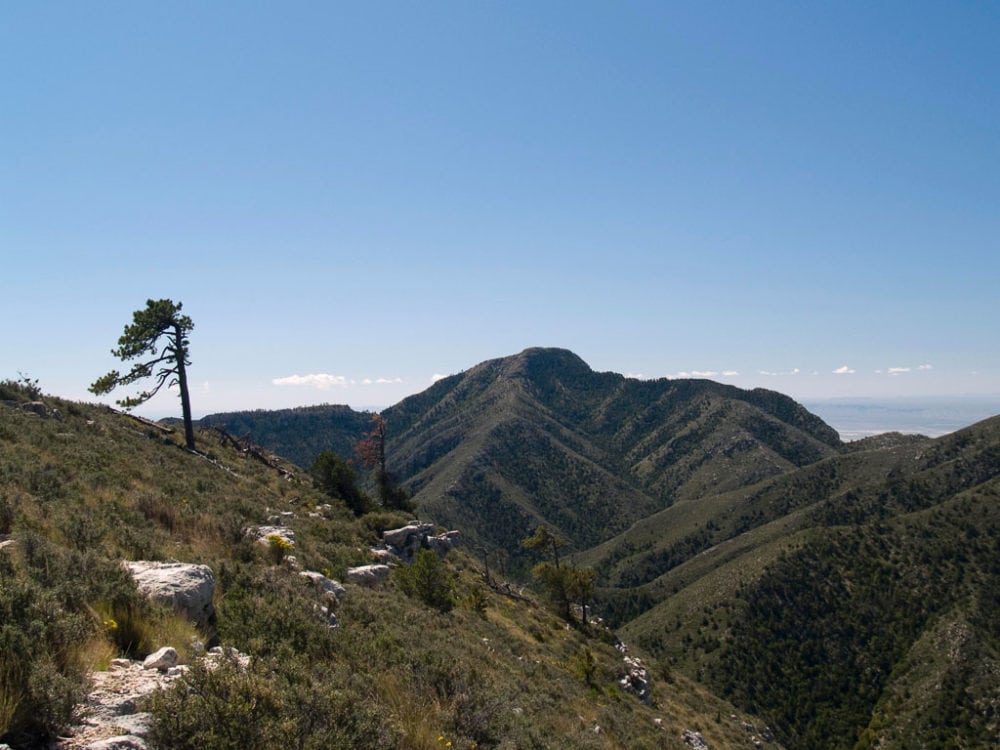
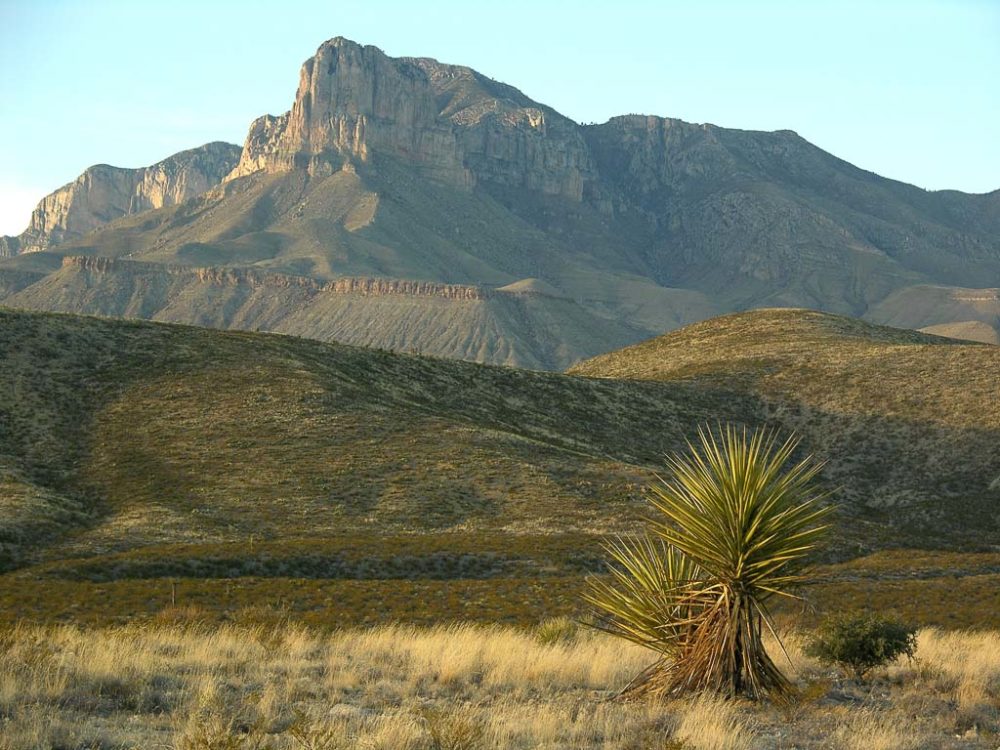
One of the less-known U.S. national parks, Guadalupe Mountains National Park is merely 2 hours east of El Paso.
A mountainous park featuring jagged peaks, pine and fir forests, spectacular canyons and historic sites, it’s a fantastic destination for an adventurous getaway.
Situated near the Texas-New Mexico border, Guadalupe Mountains National Park encompasses the four highest mountains in Texas, the jaw-dropping McKittrick Canyon flanked by towering rock walls, the rugged wilderness of the Chihuahuan Desert, gypsum sand dunes, as well as the “world’s most extensive Permian fossil reef.”
It’s a veritable outdoor playground, home to over 80 miles of hiking trails, many of which also allow travel on horseback.
Other popular activities range from scenic driving to wildlife viewing, stargazing and leaf-peeping in the fall.
Near the Pine Springs Visitor Center, you can visit the ruins of the Old Butterfield Stagecoach Route Pinery Station, which dates from 1858.
Visitors looking for a challenging hike can hike the 8.5-mile round trip trail to the summit of Guadalupe Peak, the “Top of Texas.” Other, shorter hikes are available in both the Pine Springs and Frijole Ranch areas.
White Sands National Park, New Mexico
El Paso to White Sands National Park: 95 miles (1.5 hours) north
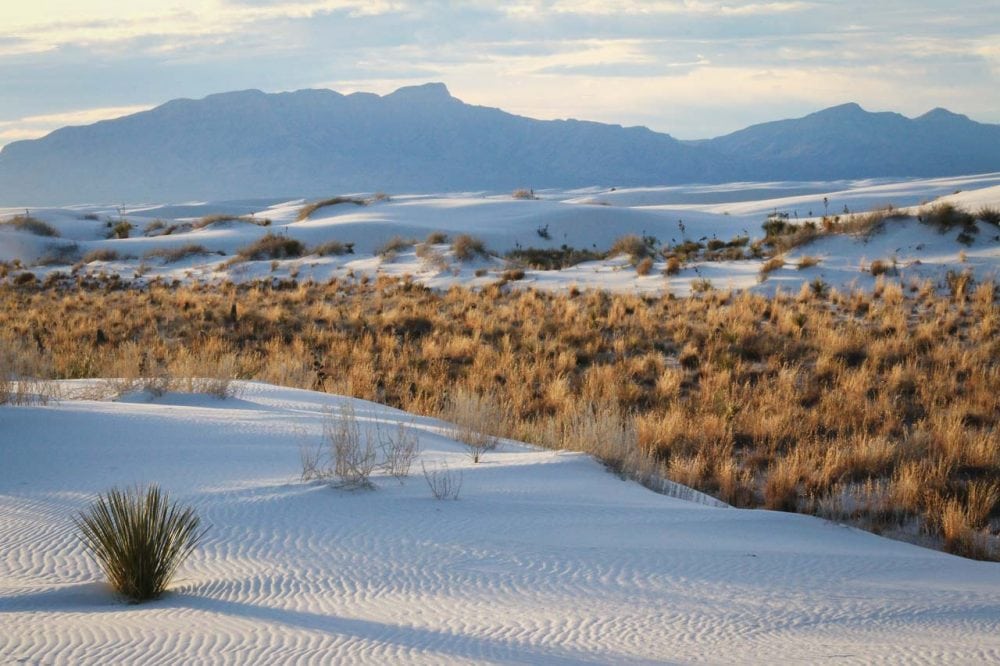
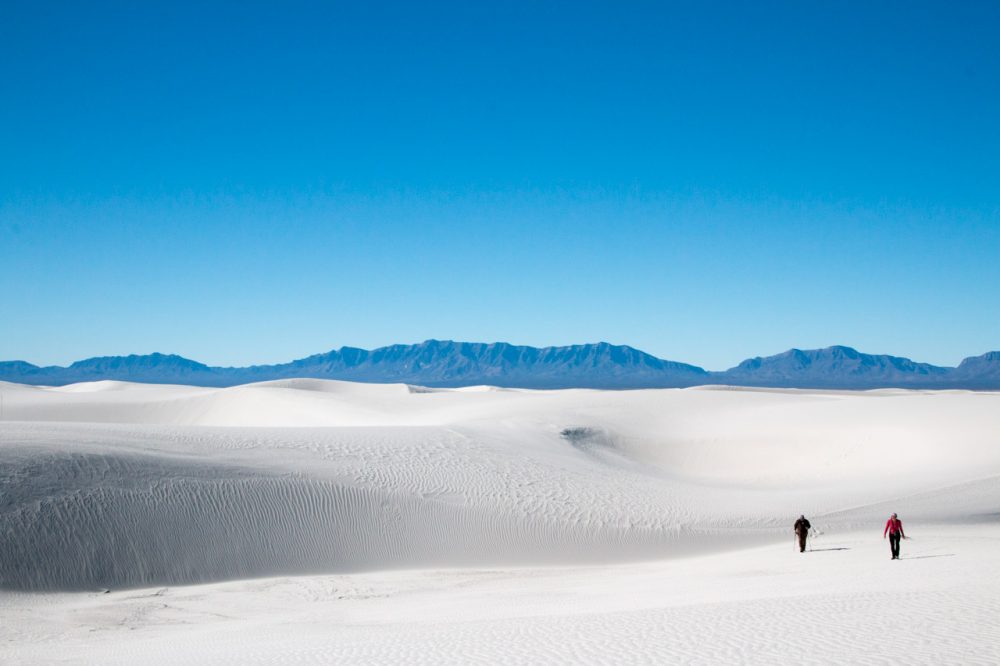
Situated in south-central New Mexico, White Sands National Park is the closest national park to El Paso. Home to magnificent sand dunes, it’s one of the most photogenic national parks in America.
Rising up from the Tularosa Basin, these sparkling “white sands” make up a massive dune field of endless ridges, crests and waves.
Encompassing 275 square miles of desert, this is the largest gypsum sand dune field on Earth.
The scenic Dunes Drive runs for 8 miles from the visitor center into the heart of the gypsum dunes, a 16-mile roundtrip. Along the way, you’ll find several roadside exhibits, picnic areas, hiking trails and pullouts.
For a more up-close experience with the dunes of White Sands National Park, there are a number of hikes you can do. Casual hikers can walk the Interdune Boardwalk or Playa Trail, while adventure-minded visitors might be interested in the Backcountry Camping Trail.
The Alkali Flat Trail, on the other hand, is arguably the park’s most popular day hike. It’s a 5-mile roundtrip hike up and down the dunes. Provided they’re on a leash, dogs are also allowed on the trails of White Sands, which is one of a limited number of dog-friendly national parks.
Besides hiking at White Sands, other popular visitor activities include sand sledding, stargazing, photography and cycling.
El Paso National Parks Map
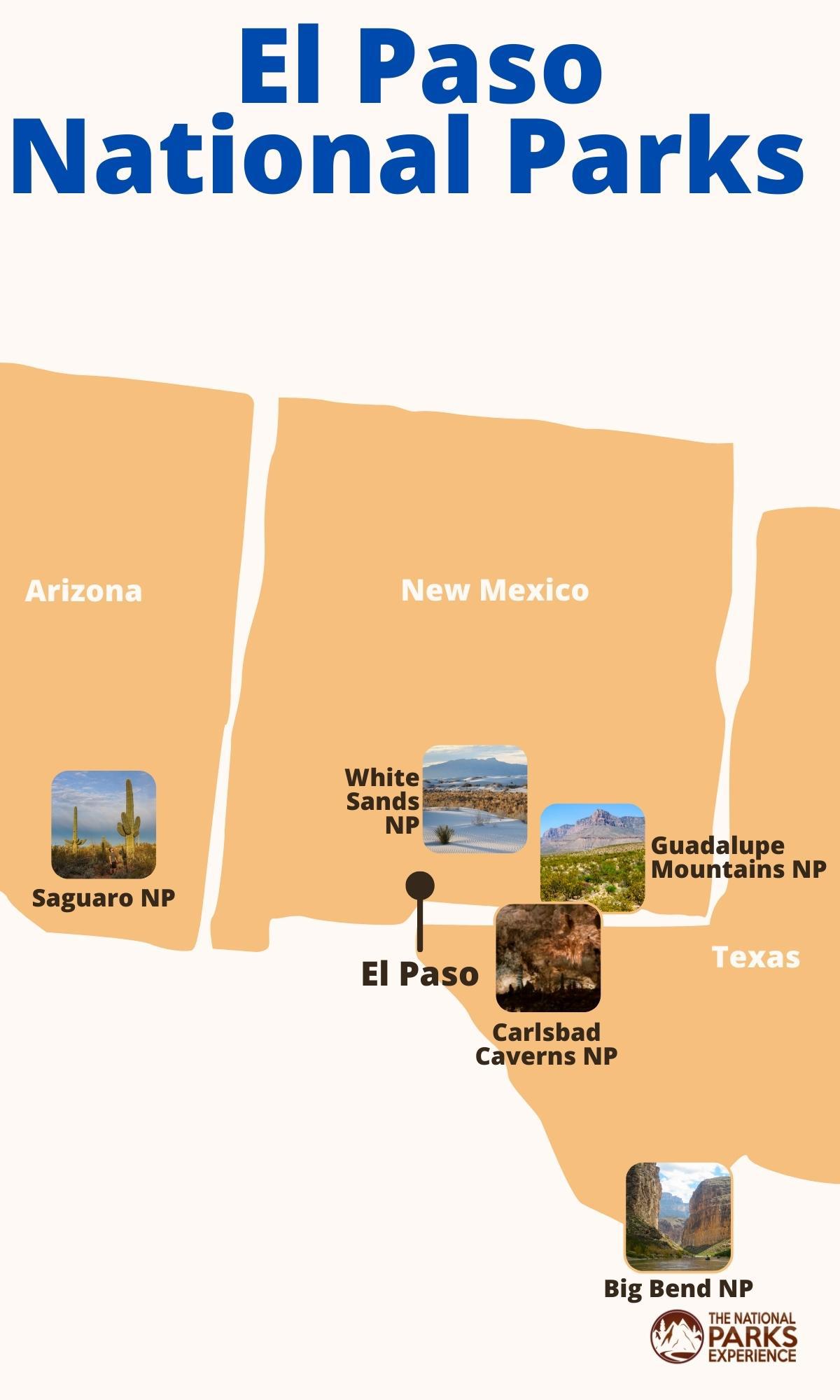
Other National Park Service Sites Close to El Paso
In addition to the five national parks near El Paso described above, there are several other National Park Service sites within a half day’s drive of the city.
You can include them in a road trip from El Paso to one or more of the nearby national parks.
- Chamizal National Memorial, Texas (along the United States-Mexico border in El Paso)
- Fort Davis National Historic Site, Texas
- Gila Cliffs Dwellings National Monument, New Mexico
- Fort Bowie National Historic Site, Arizona
- Coronado National Memorial, Arizona
- Chiricahua National Monument, Arizona
- Tumacácori National Historical Park, Arizona





